Annie Leibovitz Shares Her Vision in Monaco
The newest gallery openings this week, including the dark side of the American dream, traditions of Aboriginal Australian painting, a cheeky photographer, and more.
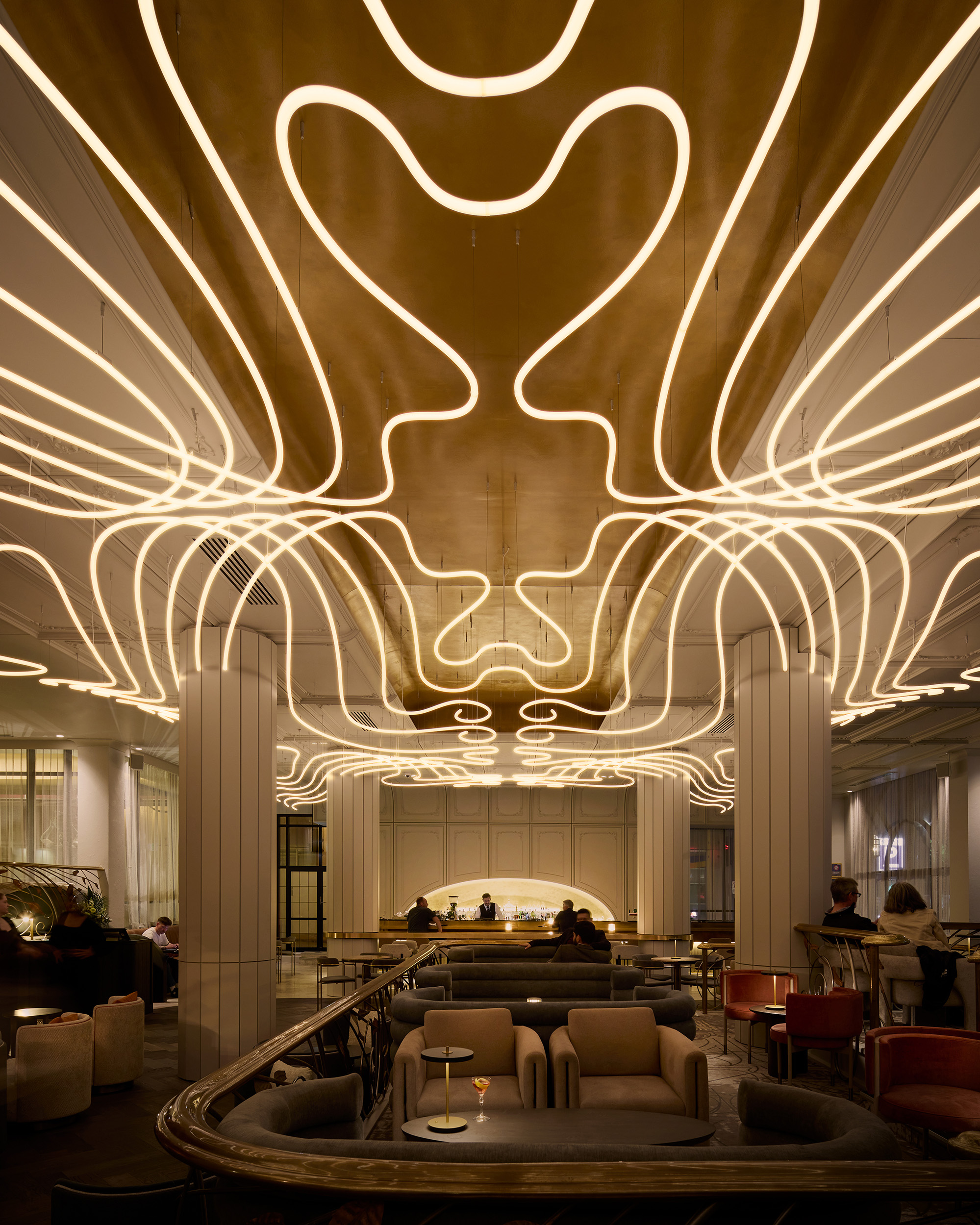
You’re reading The Grand Tourist Curator, our weekly newsletter with the latest handpicked news and insights from the worlds of art, design, style, food, and travel. Sign up here to get The Curator delivered directly to your inbox.
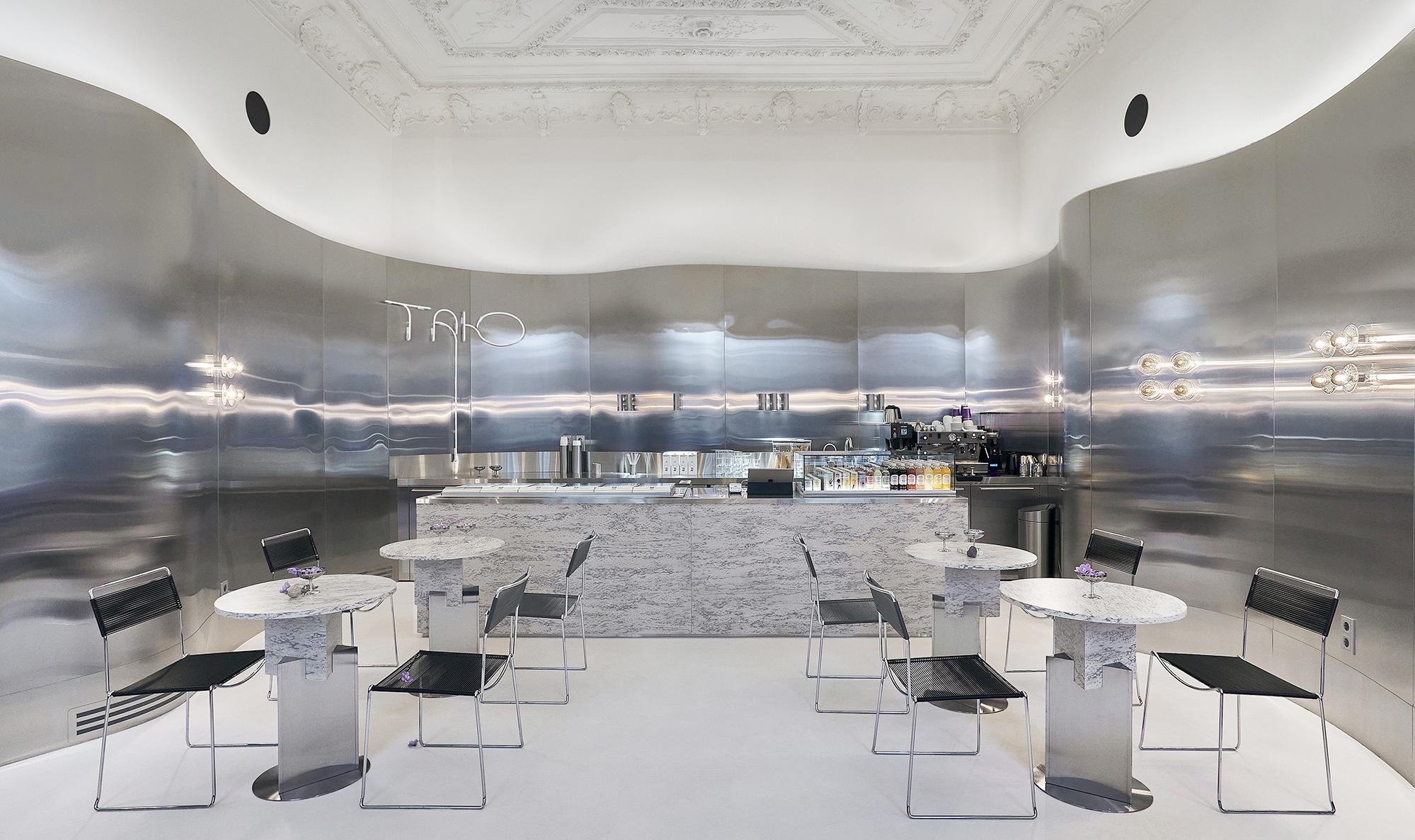
Make a Reservation at These Gorgeous Spots
We’re not above making decisions based purely on looks, especially when creating a must-see list of places to eat and drink. A great place to start are the winners of the 15th annual Restaurant & Bar Design Awards. One of the overall winners is this glowing example of exemplary lighting, Luma, a bar in Adelaide, Australia’s Playford hotel. Designed by Hachem, a firm based in Melbourne, the massive LED installation on the ceiling was inspired by the Art Nouveau logo for the hotel. Other notable winners include design trio Claesson Koivisto Rune’s Frescohallen in Bergen, Norway, and (remarkably) Tanu, a shimmering cafe and ice creamery in Odessa, Ukraine, by local firm Sivak+Partners. restaurantandbardesignawards.com
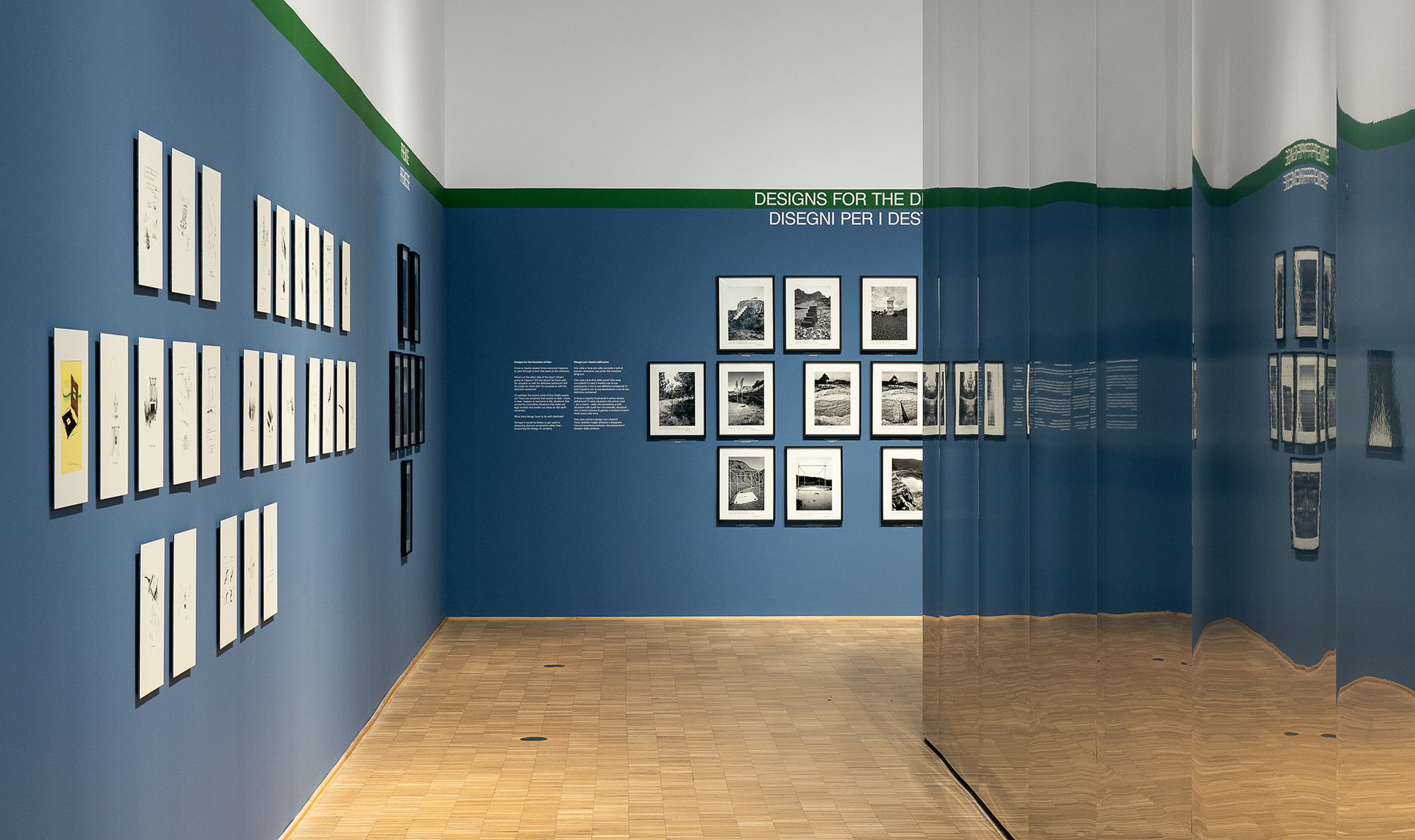
That Time Sottsass Almost Called It Quits
The king of postmodern design, Ettore Sottsass, saw the world like no one before or ever since. What garnered his recognition was his penchant for beauty and whimsy in the most mundane of things, but what is less known is his photography. Sottsass was a philosopher with the camera, dissecting the human experience of the physical world with his snapshots. The design museum Triennale Milano presents photographs taken by the maestro, the fourth exhibition of a series dedicated to the icon. Titled “Ettore Sottsass: Design Metaphors,” (until Apr. 21) it showcases photos taken between 1972 and 1978, a period in which Sottsass was close to quitting design and spent his time thinking, drawing, and photographing both in his studio in Milan and while traveling to mountains and deserts, and beyond. The photos, a majority of which star architecture and the natural landscape, offer a mediation on the physical environment through his eyes. When someone sees the world like Sottsas did, we can’t help but pay attention. —Vasilisa Ioukhnovets triennale.org
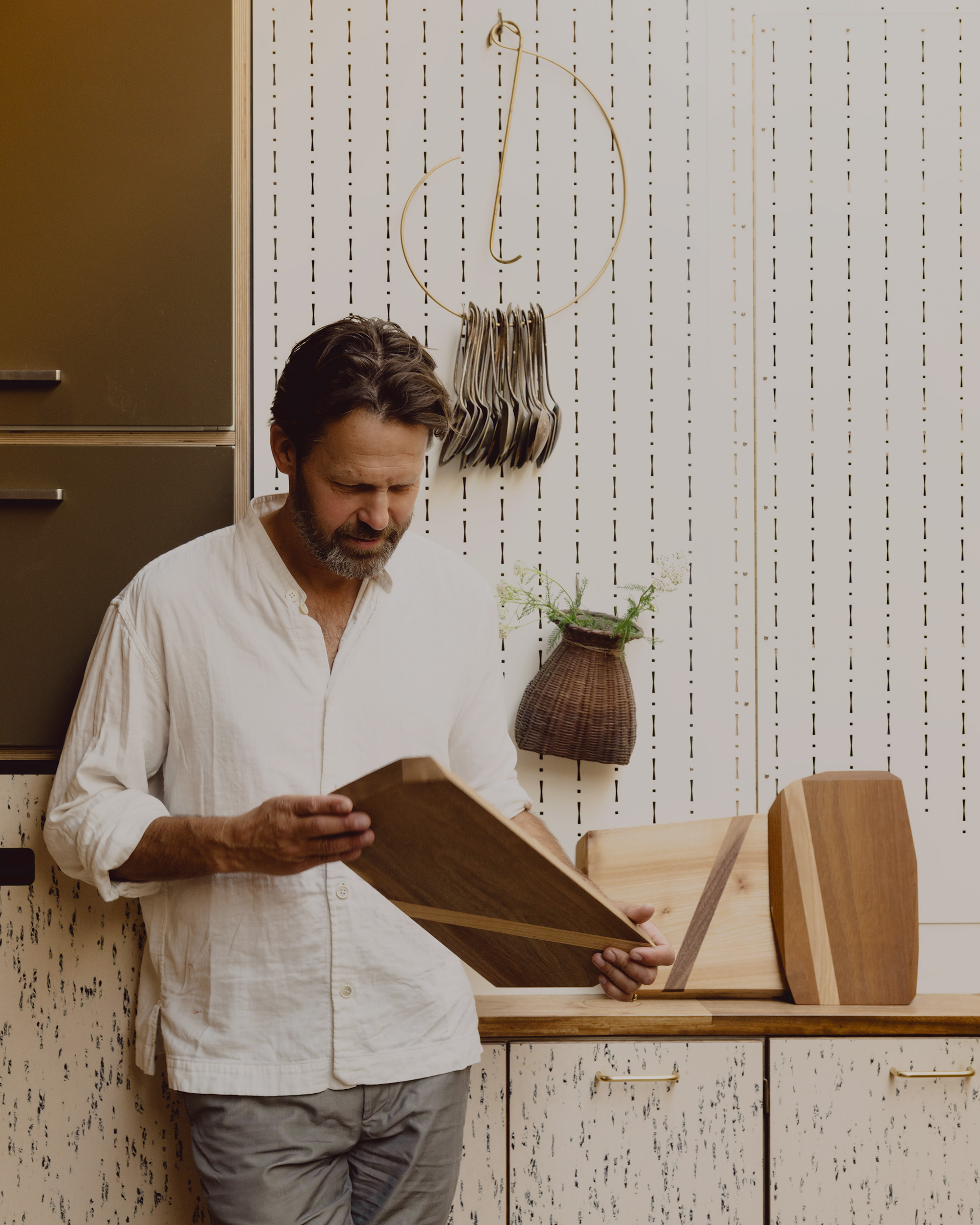
Guest Update: Starck Offers Bottle Service; the Real “Downton Abbey” Pours Its Own Vintage; Patricia Urquiola Makes Decor From Detritus; Martino Gamper Channels a Kindred Spirit
To celebrate Perrier’s 160th anniversary, Philippe Starck redesigned the classic green bottle with striations, inspired by the memories of his youth when he would grip the usually smooth bottle with both hands until it hurt for fear of it slipping through his Gallic fingers. It’s the first new silhouette for the brand’s bottle in the company’s history. Those of you who listened to the charming tales of everyday life at Highclere Castle (also known as the location of “Downton Abbey”) by Lady Carnarvon will remember her plans to revive the vineyards of the ancient estate. Well, she’s done it: 900 bottles of sparkling rosé from chardonnay grapes will now be sold under the name Chateau Highclere with the goals of reaching 4,000 bottles in future vintages. Designer Patricia Urquiola has designed the world’s first upholstery textile made from 100 percent ocean-bound plastic with famed textile house Kvadrat called Sport. And Blunk Space, a gallery in Marin County, California, dedicated to carrying on the spirit of midcentury designer-sculptor J.B. Blunk, has opened a new exhibition displaying the work of L.A.–based artist Adam Pogue and London-based designer Martino Gamper. The products on view and sale in the space were the result of Pogue and Gamper’s time spent at the late designer’s home and studio in nearby Inverness. “I was interested in how, despite the difference in their materials, Martino and Adam have a similar approach to sourcing materials and to making,” says Mariah Nielson, Director of the J.B. Blunk Estate and Blunk Space, and curator of the exhibition. “Martino assembles his tables and chairs from discards and off-cuts, and Adam hand stitches salvaged textiles. They’re also both continually inspired by my father’s intuitive process and use of salvaged materials.” —Dan Rubinstein
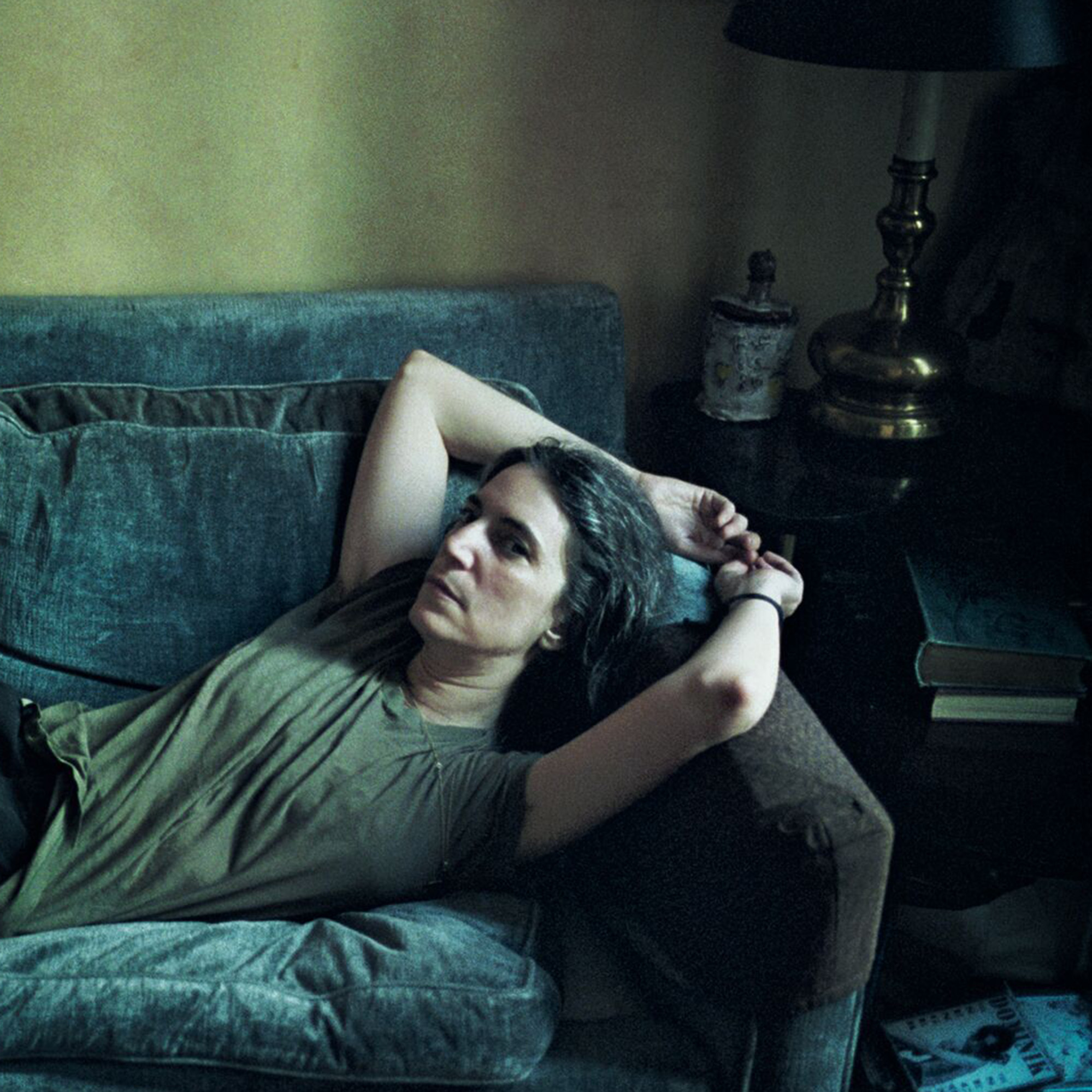
The newest gallery openings this week, including the dark side of the American dream, traditions of Aboriginal Australian painting, a cheeky photographer, and more.
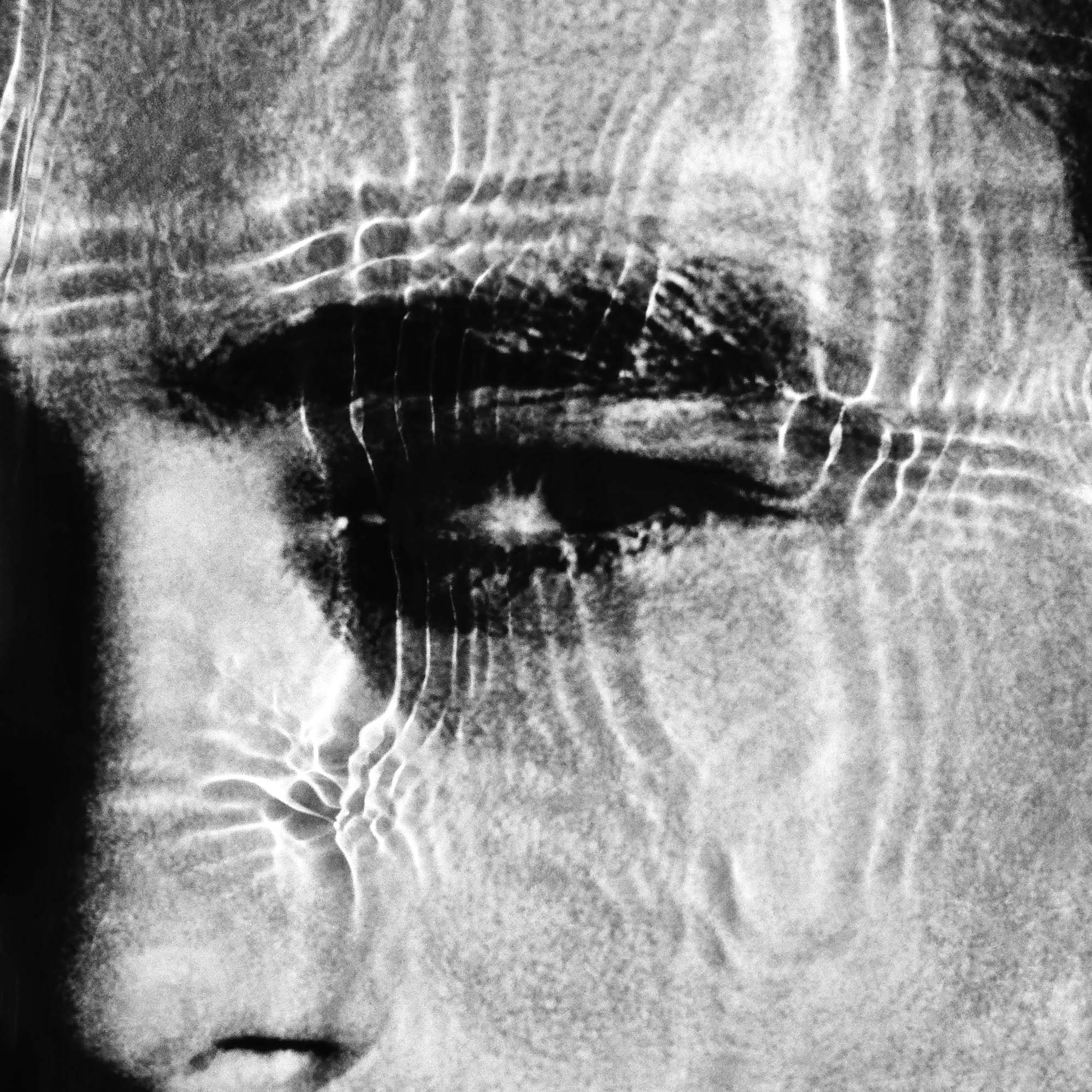
For Italian fashion photographer Alessio Boni, New York was a gateway to his American dream, which altered his life forever. In a series of highly personal works, made with his own unique process, he explores an apocalyptic clash of cultures.
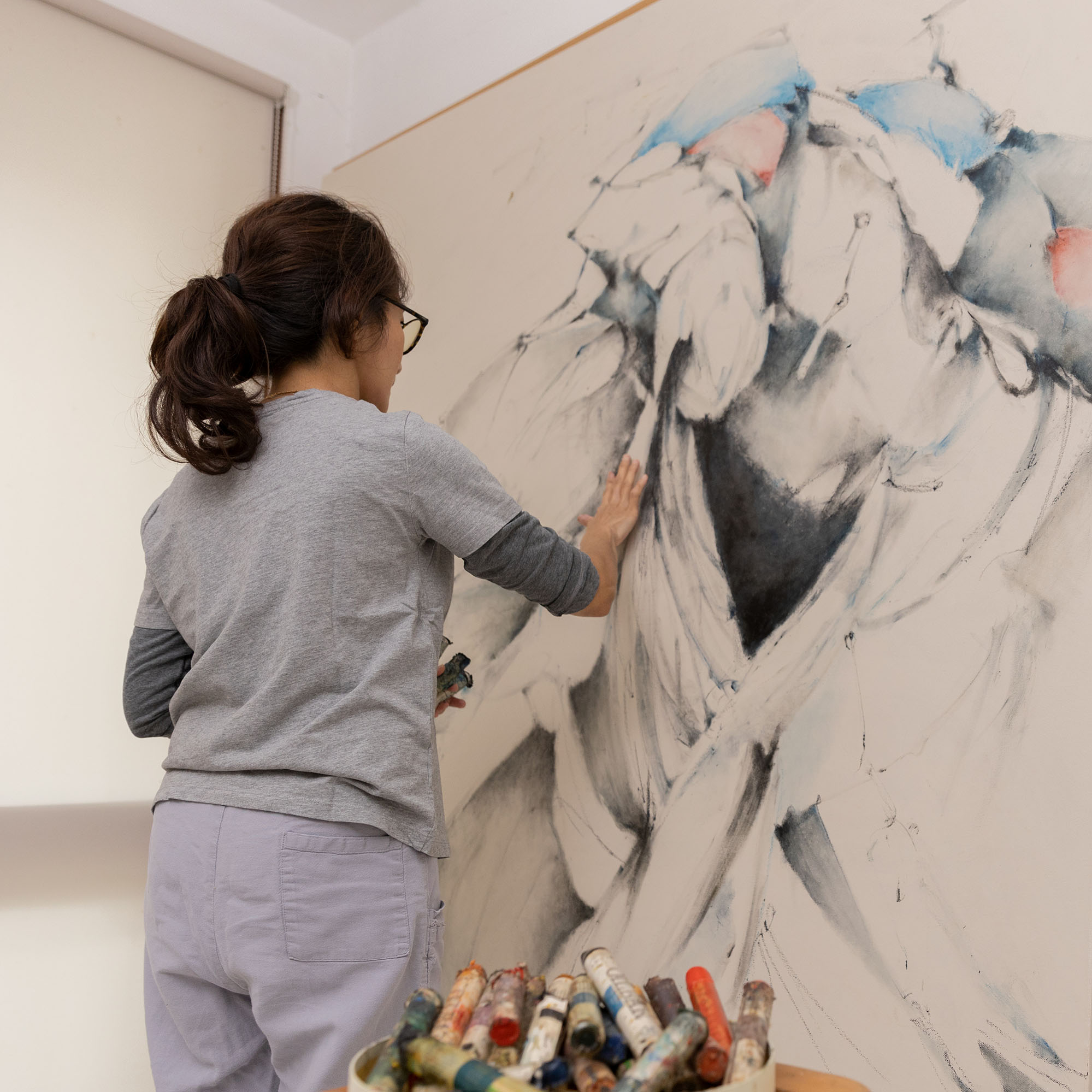
Plus, an exciting young British artist receives a retrospective, Marcel Dzama's whimsical drawings take a political turn in L.A., and more gallery openings.